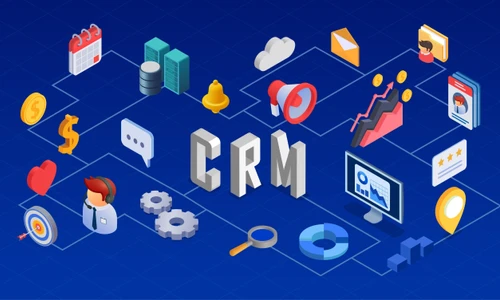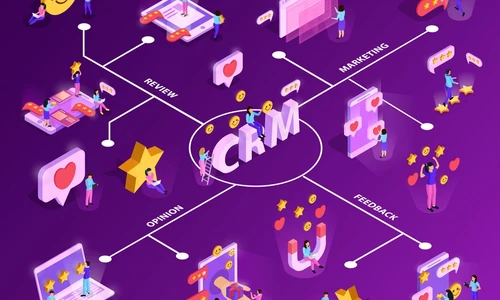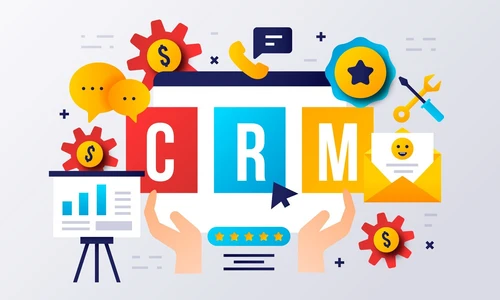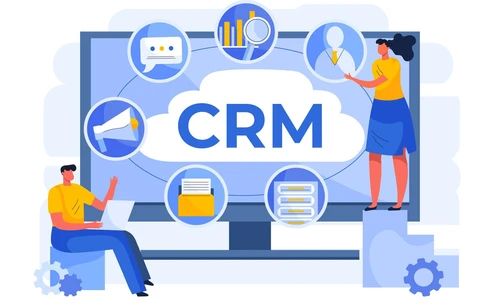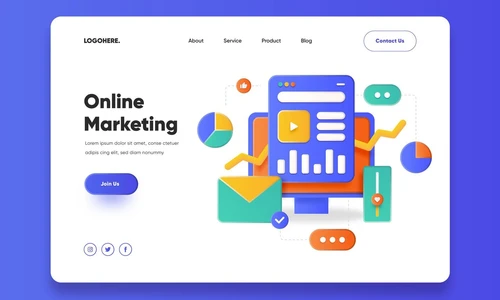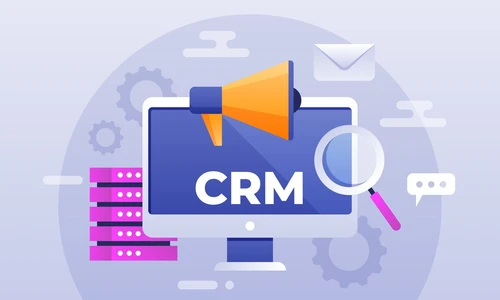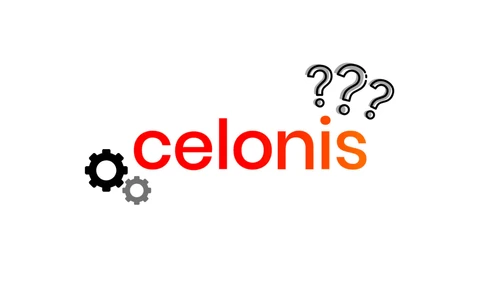

Project Management Methodologies: Overview, Key Differences, and How to Choose the Right One
Project management is a constantly evolving discipline that requires different approaches for success. Understanding the most popular project management methodologies can help you become a true expert in the field.
A project management methodology is essentially a structured set of principles, techniques, and processes that professionals use to plan, execute, and control projects. These methodologies differ not only in structure but also in expected outcomes, workflows, and the way project management software supports them.
Contents:
When and How Did It All Begin?
While massive undertakings like the pyramids or the Great Wall of China can certainly be considered some of the earliest large-scale projects (involving planning, resource allocation, and people management), the foundations of modern project management emerged in the 20th century with the rise of industrial mass production. Each methodology was a response to the challenges of its time.
Here’s a quick timeline of how project management evolved:
-
1910s – The need for visual planning in manufacturing (weapons, ships, construction) led to the creation of the Gantt chart by Henry Gantt.
-
1950s – Growing complexity in U.S. defense and space industries resulted in the Critical Path Method (CPM) and PERT (Program Evaluation and Review Technique).
-
1969 – The Project Management Institute (PMI) was founded to unify practices and professionalize project management. Later, in 1996, PMI published the PMBOK (Project Management Body of Knowledge).
-
1980s–1990s – The UK government introduced PRINCE (1989) for IT projects, later generalized to PRINCE2 (1996) for broader use.
-
1990s–2000s – The rise of Agile approaches in response to the “software crisis” and rigid traditional methods, culminating in the Agile Manifesto (2001). Frameworks like Scrum and Kanban were born.
-
2010s–present – Growth of hybrid methodologies and scaled agile frameworks (SAFe, LeSS), combining traditional structures with agile flexibility.
What Is a Project and Why Does It Need Management?
A project is defined as “a unique, temporary effort aimed at creating a specific product, service, or result within defined time, budget, and quality constraints.”
Project management is the structured application of planning, organizing, motivating, and controlling resources to achieve these objectives. Proper project management leads to successful delivery, satisfied stakeholders, and long-term business value.
Project Life Cycle and the Role of a Project Manager
Regardless of methodology, the project life cycle usually follows a similar structure:
-
Initiation – defining scope and goals
-
Planning – scheduling, budgeting, resource allocation, risk planning
-
Execution – putting the plan into action
-
Monitoring & Controlling – tracking progress, mitigating risks
-
Closure – delivery, evaluation, and project handover
The project manager’s role varies by methodology. Some frameworks don’t even use the title explicitly. But in general, project managers combine technical skills (scheduling, budgeting, risk management) with soft skills (leadership, communication, conflict resolution, motivation) to guide teams toward success.
The Most Popular Project Management Methodologies
At first glance, the basic division of project management methods seems simple—Agile vs. Waterfall. Or is it? In today’s world, more and more organizations are leaning toward hybrid approaches, which combine traditional and agile principles. Let’s take a closer look at the individual methodologies.
Traditional (Waterfall)
A traditionally managed project is defined by its rigid structure. Everything is carefully planned in advance, and the project strictly follows that plan. It is divided into sequential phases, where each phase must be completed before moving on to the next.
This type of project management works best in environments where everything can be fully planned ahead of time, the scope is crystal clear, and the desired outcome is fixed and unchanging.
One of the greatest risks, however, lies in the final deliverable not meeting expectations—since the client typically sees only the finished product at the very end.
For context, Waterfall is most commonly used in industries such as construction, where detailed up-front planning is both possible and necessary.
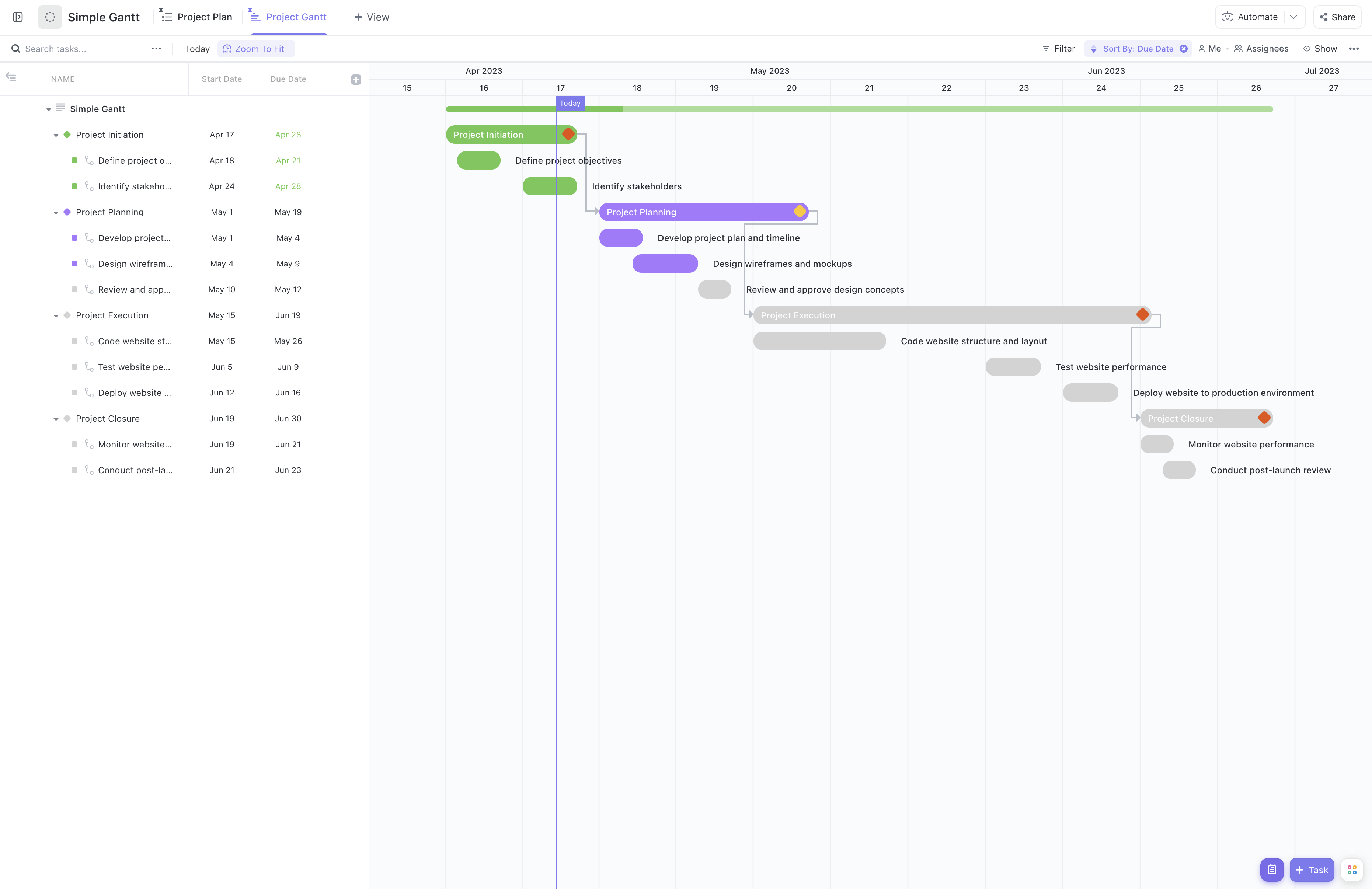
Picture: ClickUp – waterfall project management
PRINCE2
This methodology is process-oriented and focuses on managing projects through clearly defined roles, checkpoints, documentation, and controlled risk management. It places strong emphasis on governance, change control, and structure—which makes it highly administrative and low in flexibility.
PRINCE2 is most commonly used in government and public sector projects, where rigorous documentation and strict control are essential.
PMBOK
Projects can also be managed using the PMI’s PMBOK Guide (Project Management Body of Knowledge), which provides a collection of proven best practices.
Rather than prescribing a single methodology, PMBOK acts as a reference framework—it defines key metrics, processes, and standards that should be monitored during project execution.
It is especially useful when combined with other methodologies and is best suited for teams that are already experienced in project management and familiar with structured approaches. PMBOK is widely adopted in environments that place a strong emphasis on standardization and compliance.
Agile Methodologies
Agile projects are managed in iterations, delivering the final product in functional increments that are reviewed and discussed with the client.
This approach allows teams to quickly respond to changes in customer requirements. Typically, the process begins with a defined MVP (Minimum Viable Product)—a basic version of the product containing only the most essential features.
Unlike traditional methods, Agile does not lock in the project scope from the start. Instead, the scope evolves over time, shaped by ongoing iterations and continuous client feedback.
In other words, Agile methodologies operate on the assumption that requirements will change throughout the project, which allows teams to adapt and ultimately deliver a product that better matches the client’s real needs and expectations.
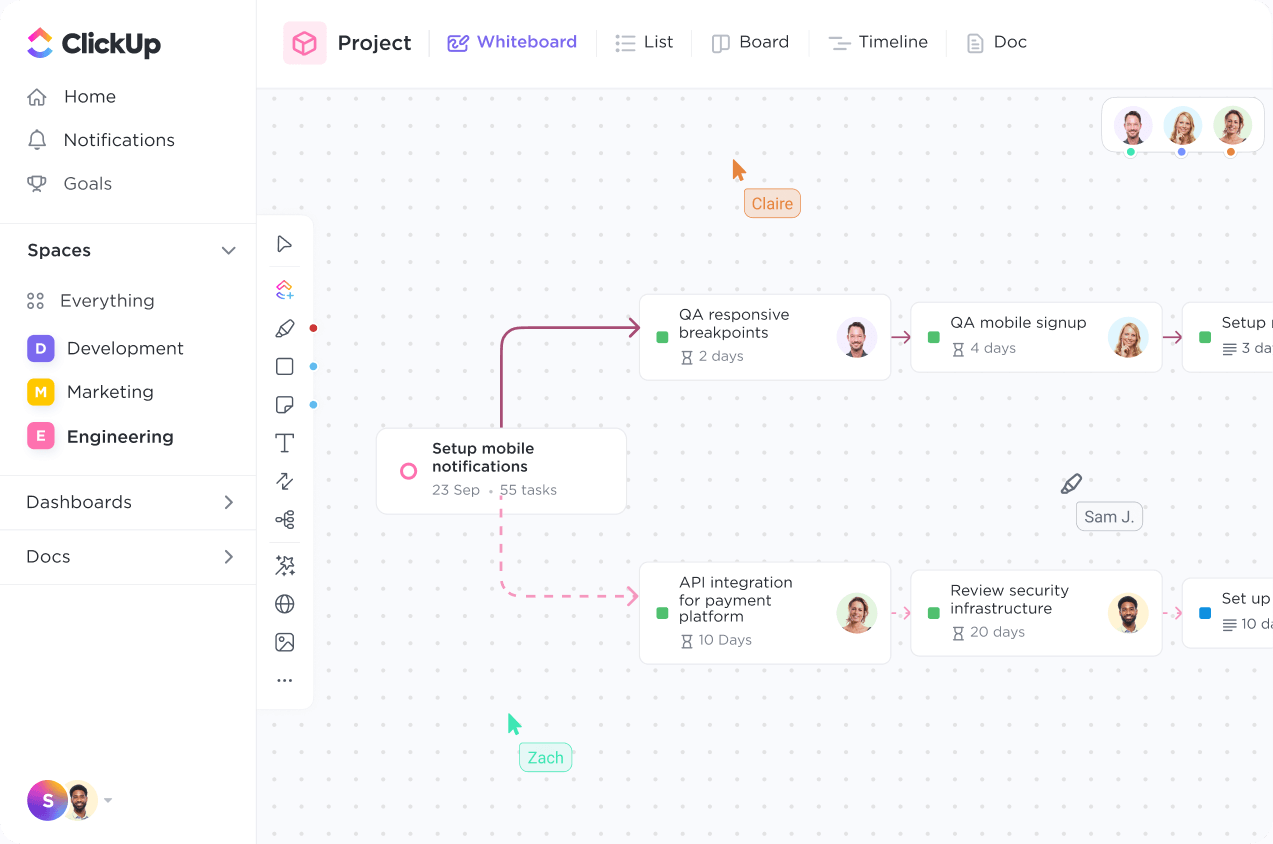
Scrum
Scrum is the most widely known agile methodology. It works on the principle of iterations called sprints, during which the team delivers an increment—a functional, usable part of the product.
Scrum is characterized by fast deliveries and frequent client feedback, ensuring the final product is truly tailored to the customer’s needs. Teams hold daily stand-ups and regular retrospectives to maximize efficiency and continuously improve their processes.
This project management style is particularly well-suited for software development or creative projects, where requirements are likely to change and where there is a need to deliver partial results quickly while maintaining close contact with the client.
Kanban
Kanban emphasizes limiting work in progress (WIP). Tasks are visualized on a Kanban board, where they move between columns according to their current status.
This approach requires clear rules and a mature, disciplined team—otherwise it can quickly lead to chaos. When applied correctly, Kanban ensures better transparency, prevents overload, and helps maintain a steady flow of work.
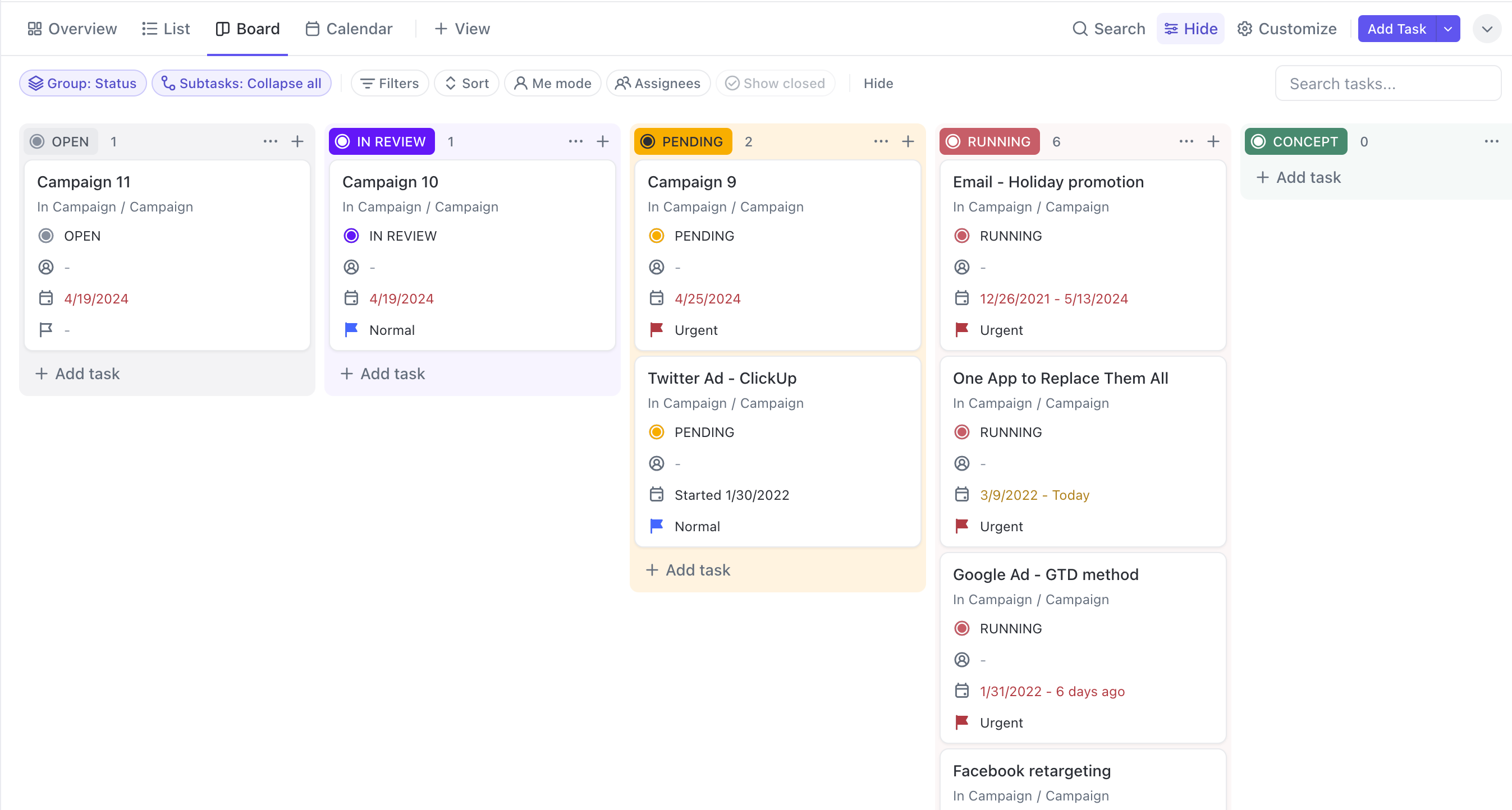
Picture: ClickUp – kaanban
SAFe (Scaled Agile Framework)
SAFe scales agile practices across the entire organization, dividing them into multiple levels (program, portfolio, enterprise, etc.). It allows dozens of teams to work agile and in sync, while still supporting long-term planning.
However, implementing SAFe requires significant effort and cultural transformation. It’s best suited for large enterprises with many development teams.
The biggest risk is that an agile environment can slip back into a rigid, corporate-like structure if not managed carefully.
LeSS (Large Scale Scrum)
LeSS is essentially Scrum adapted for multiple teams. All teams work on the same product and share a single backlog.
LeSS emphasizes autonomy, self-organization, and simplicity, relying on senior-level teams that are already experienced in agile practices.
It is a strong fit for medium and large organizations that want to scale agile practices without adding heavy layers of bureaucracy.
Hybrid Approaches
Hybrid project management combines the best of traditional (waterfall) and agile methods and adapts them to specific project needs.
This approach leverages the flexibility of agile where it makes sense, while retaining the structure and control of traditional project management when needed.
Hybrid styles are especially common in organizations transitioning from waterfall to agile, or in companies running a mix of different project types at the same time.
Future Trends in Project Management
Project management styles are constantly evolving. In recent years, there has been a strong shift toward hybrid methodologies that combine the flexibility of Agile with the structure and control of traditional approaches. At the same time, artificial intelligence and automation are making their way into project management. They are already helping teams handle routine administrative tasks and are increasingly being used to predict risks and support risk management.
Still, despite the influence of these new technologies, the most important factor behind successful projects remains the human element. Effective project management requires not only technical expertise but also communication, negotiation, and leadership skills—qualities that no software or AI can fully replace.
Which Path Should You Take?
When it comes to choosing a methodology, there is no single “best” approach that works for everyone. In practice, the most effective solutions often come from adapting existing methodologies to the needs of a specific team or client. That’s why having a project manager who is familiar with multiple approaches is such an advantage—they can choose the right path based on the situation at hand.
Right now, hybrid methodologies are proving to be the most effective, as they can flexibly combine the best aspects of different approaches and adapt to the needs of individual teams. When choosing your methodology, it’s important to move past traditional dogmas and focus on your own team and client base. You may even discover that a traditionally waterfall-style construction project works better for you if run in an agile way—and that’s perfectly fine.
Take your time to experiment and find a path that works for you and your team. As you’ve seen, the number of possible approaches and combinations is virtually limitless.
Once You’ve Chosen, What’s Next?
If you already know which methodology you want to follow, the next logical step is to select the right project management tool. The tool you choose should align with your management style, support team collaboration, and be flexible enough to evolve as your approach changes.
If you’re not sure how to choose, take a look at our guide—it outlines six clear steps to help you make the right decision.
One platform that stands out for its versatility is ClickUp. It supports traditional project management (such as Gantt charts), agile approaches (Kanban boards, sprints, backlogs) and hybrid workflows (custom structures and tailored processes).
ClickUp brings together task management, communication, templates, dashboards, and automation into a single, easy-to-use system. That makes it a great fit for small teams looking for simplicity as well as larger organizations with complex structures.
Wondering if ClickUp is the right fit for your organization? We’ll be happy to help—get in touch with us for a free consultation.
You Might Be Interested In

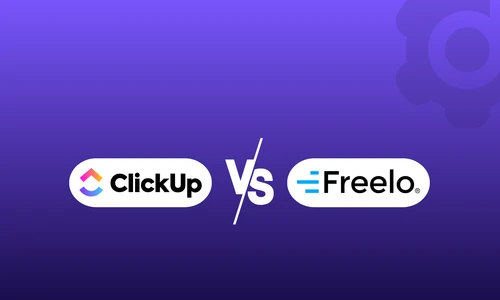
ClickUp vs. Freelo: Comparing Project Management Tools

How to Choose the Best Project Management Tool: A Guide for Businesses

Získáním leadů vše teprve začíná
Interested in a custom solution?
We’ll get in touch with you, review your processes, and show you how successful companies do things. If you're interested, we'll guide you through the next steps and help you with the entire process of your digital transformation.

















